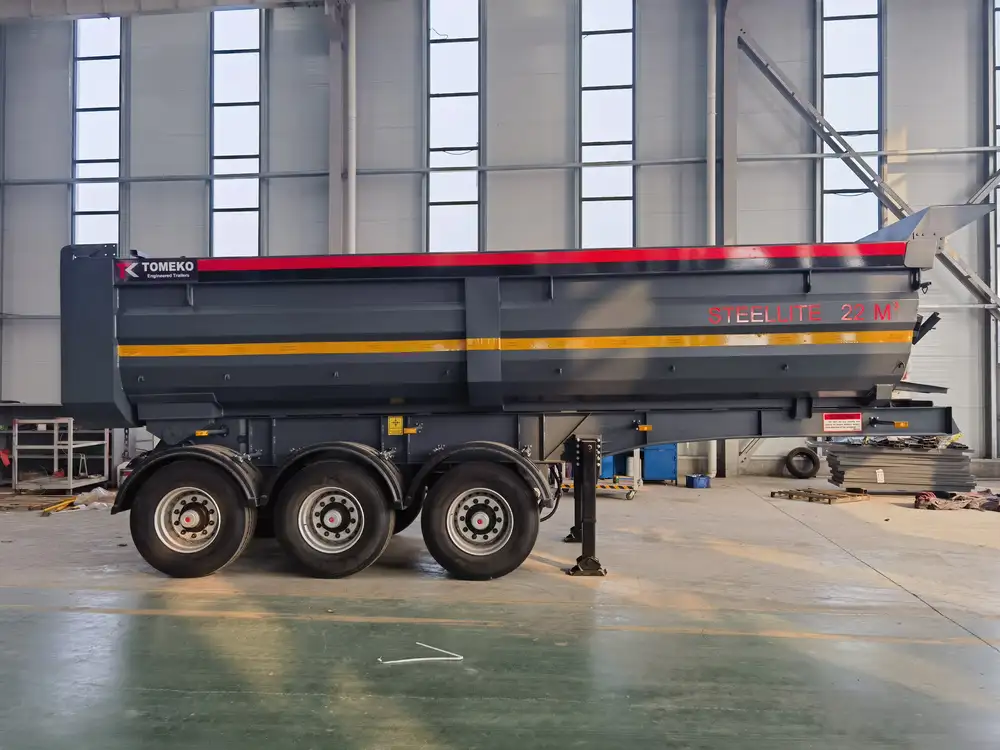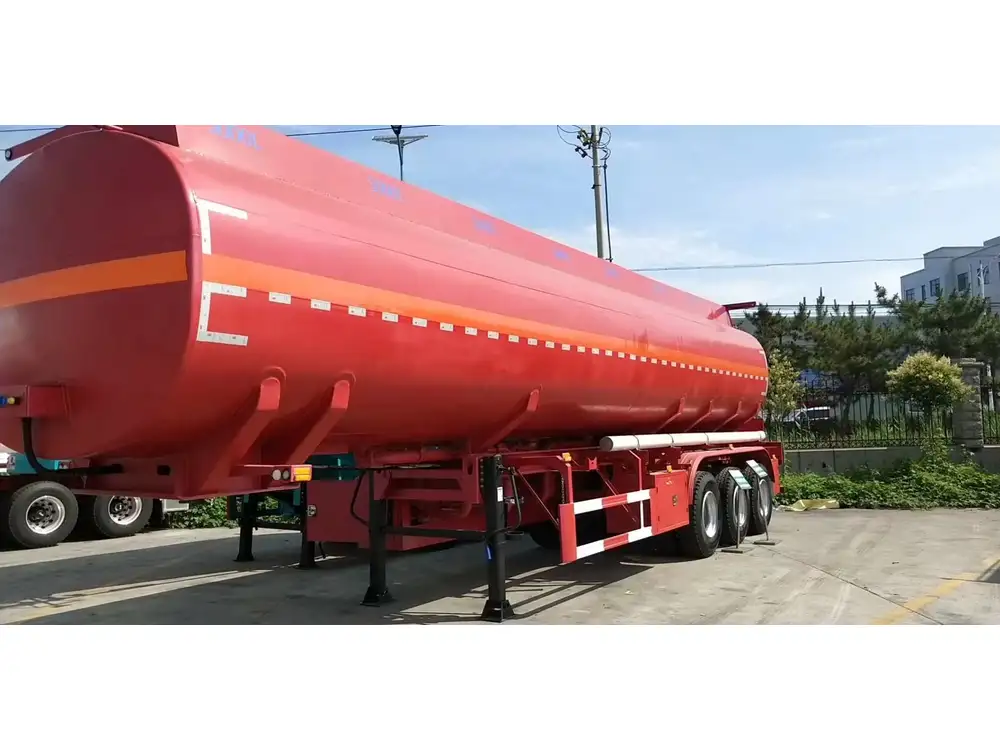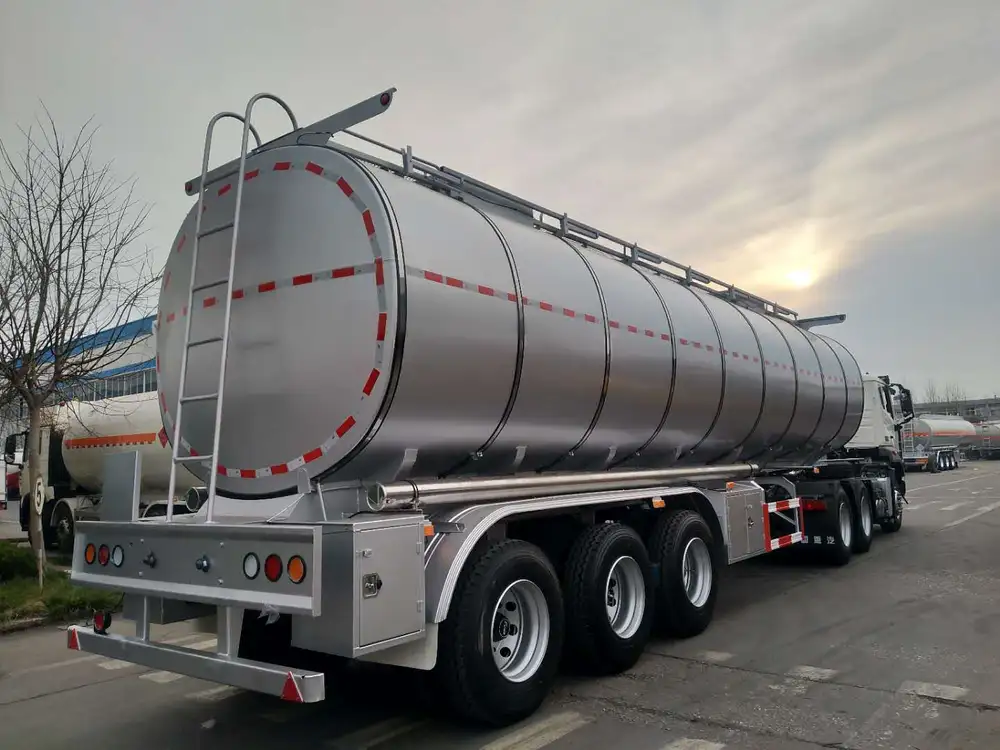Sealing a semi-trailer roof is crucial for protecting your cargo, maintaining the trailer’s integrity, and prolonging its lifespan. Weather conditions such as rain, snow, and ice can significantly affect the roof of a semi-trailer. Therefore, it is imperative to understand the materials, methods, and best practices for effectively sealing your semi-trailer roof.
Understanding Semi-Trailer Roof Types
Before diving into the sealing process, it’s vital to understand the different types of semi-trailer roofs. Each type may require specific sealing techniques and materials.
| Roof Type | Description | Sealing Method |
|---|---|---|
| Flat Roof | A horizontal surface, prone to pooling water. | Liquid sealants or membranes. |
| Arched Roof | Curved design that facilitates drainage. | Membrane patches or sealants. |
| V-Nose/Sloped Roof | Features a downward slope for runoff. | Silicone or rubber sealants. |
| Conestoga Roof | Retractable design suitable for diverse loads. | Fabric sealants or tapes. |
List of Common Issues Leading to Roof Damage
- Water Accumulation: Flat roofs are particularly susceptible to water pooling, leading to leaks.
- Extreme Temperatures: Fluctuations in temperature can cause materials to expand and contract, ultimately leading to cracks.
- UV Radiation: Prolonged exposure can degrade roof materials, causing their efficiency to diminish.
- Physical Damage: Impact from cargo loading or road debris can lead to punctures and tears.
- Aging Materials: Over time, wear and tear can cause seals and membranes to lose their effectiveness.

Essential Materials for Sealing a Semi-Trailer Roof
Selecting the right materials is paramount in achieving a successful seal. Below are some recommended sealing products:
Liquid Sealants
- Acrylic Sealant: Ideal for minor repairs and general sealing due to its flexibility.
- Polyurethane Sealant: Offers exceptional durability and is resistant to harsh weather conditions.
- Silicone Sealant: Known for its elasticity and water resistance, suitable for various climates.
Membranes
- EPDM (Ethylene Propylene Diene Monomer): A popular rubber membrane that excels in UV resistance and longevity.
- TPO (Thermoplastic Polyolefin): Cost-effective and energy-efficient, making it an excellent choice for flat roofs.
- PVC (Polyvinyl Chloride): A durable membrane that performs well under extreme weather conditions.

Patching Materials
- Roof Repair Tape: Simply adheres to problems areas, providing a quick fix.
- Fabric Patches: Work well for larger tears or holes, offering reinforced protection.
Step-by-Step Guide to Seal a Semi-Trailer Roof
1. Inspect the Roof
Conduct a thorough inspection to identify any existing damage. Look for cracks, holes, or areas of water pooling. It’s advisable to perform this inspection at regular intervals to catch potential problems early on.

Inspection Checklist:
- Check for visible cracks and tears.
- Look for areas with accumulated debris.
- Inspect joints and seams for gaps.
- Use a moisture meter if necessary.
2. Clean the Roof Surface
Cleaning is essential before applying any sealants. Remove all dirt, debris, and old sealant residues.
Cleaning Steps:
- Use a broom or leaf blower to remove loose debris.
- Wash the surface with water and a mild detergent.
- Rinse thoroughly to ensure no soap residue remains.
- Allow the roof to dry completely before proceeding.

3. Prepare Your Sealing Materials
Gather all required materials. Ensure that you have everything handy, including sealants, patches, a caulking gun, brushes, and any required safety gear.
4. Apply Sealants
The method of application will vary based on the type of sealant being used.
Liquid Sealants:
- Using a caulking gun, apply the sealant in a continuous bead over cracks and seams.
- Smooth out the sealant with a brush or your finger for even application.

Membrane Systems:
- Cut the membrane to fit the area needing coverage.
- Lay the membrane flat, ensuring there are no wrinkles.
- Follow the manufacturer’s instructions for adhesion, usually applying adhesive or fasteners around the edges.
5. Reinforce High-Wear Areas
Pay special attention to high-wear areas like joints, seams, and corners. Applying a second layer of sealant or using patches here will strengthen these sections.
6. Allow for Proper Curing
Once the sealant is applied, allow it to cure as per the manufacturer’s guidelines. Curing times can vary but usually range from several hours to several days.

7. Conduct a Final Inspection
After the sealant has cured, perform a final inspection of the roof. Ensure that all areas are covered and that there are no visible gaps or missed spots.
8. Regular Maintenance
Establish a regular maintenance routine. Schedule inspections every six months or after severe weather events to catch and fix potential issues early.
Common Mistakes to Avoid When Sealing a Semi-Trailer Roof

Inadequate Preparation
Skipping the cleaning is a common mistake. Old residue can prevent new sealants from adhering effectively.
Ignoring Temperature Conditions
Applying sealants in extremes of heat or cold can compromise their effectiveness. Always check the recommended application temperatures.
Overusing Sealant
Applying too much sealant can lead to drips and uneven surfaces. Stick to the manufacturer’s instructions regarding application thickness.

Not Following Product Instructions
Different sealants and membranes have various application methods and guidelines. Ignoring these can lead to failure.
Conclusion
Sealing a semi-trailer roof is not merely a maintenance task; it is a vital practice that ensures protection for both your cargo and your investment. By understanding the roof types, selecting the appropriate materials, and following a structured sealing process, you can effectively mitigate issues that may arise from weather damage or wear and tear. Regular inspections and maintenance, coupled with informed product choices, will help prolong the lifespan of your semi-trailer, ensuring durability and safety on the road.
By following this comprehensive guide, you are equipped with the knowledge necessary to effectively seal your semi-trailer roof and protect your assets for years to come.



